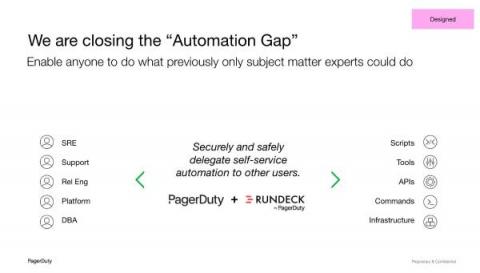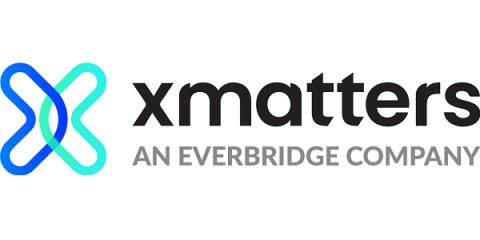Operations | Monitoring | ITSM | DevOps | Cloud
Incident Management
The latest News and Information on Incident Management, On-Call, Incident Response and related technologies.
The Exec's Guide to Embracing Availability: From Tick Mark to SLAs
5 suggestions to mark the embrace of availability for executives during a time of digital transformation.
How Disaster Ready are Your Backup Systems, Really?
Breaking down complex projects into smaller, shippable increments
Building a complex new product can be scary. What if no-one gets value from it? What if it doesn't work? What if it's hard to change? One way to mitigate these risks is to break down the product into smaller shippable increments, allowing you to capture feedback early and confirming the most important assumptions before fully committing to a solution.
Automating Work in Real Time Through the PagerDuty Operations Cloud
Earlier this fall, we announced a significant evolution in the IT process automation portfolio at PagerDuty—the general availability of PagerDuty Rundeck Actions and early access for Rundeck Cloud. These new offerings reflect our vision to enable companies to take real-time actions by democratizing access to automation. In other words, to quickly and safely delegate automated IT processes to the IT users (and APIs) that need them to get work done.
The Principles of DevSecOps
As a Solution Architect here at xMatters, an Everbridge Company, and through my 30-year career in the IT industry, I've seen many frameworks offering bold new ideas. CMMI, ITIL, Prince 2, Agile, Scrum, and most recently, DevOps. These frameworks come and go, offering huge improvements in the way we deliver and manage our IT capabilities, but never lasting long enough to act on those promises. That's not to say they haven't made a marked difference in the IT space, or that they haven't been hugely impactful for organizations around the globe. They become launching off points for a new framework, and now there's a new term that's appeared, DevSecOps.
What Does ROI Really Mean?
ROI might be one of the most popular business acronyms in recent memory, and business to business, the definition remains the same: return on investment. No matter the industry, leaders are concerned with ROI and ensuring that every dollar spent is used in the best interest of the organization. But in practice, what does ROI really mean? Let’s discuss!











